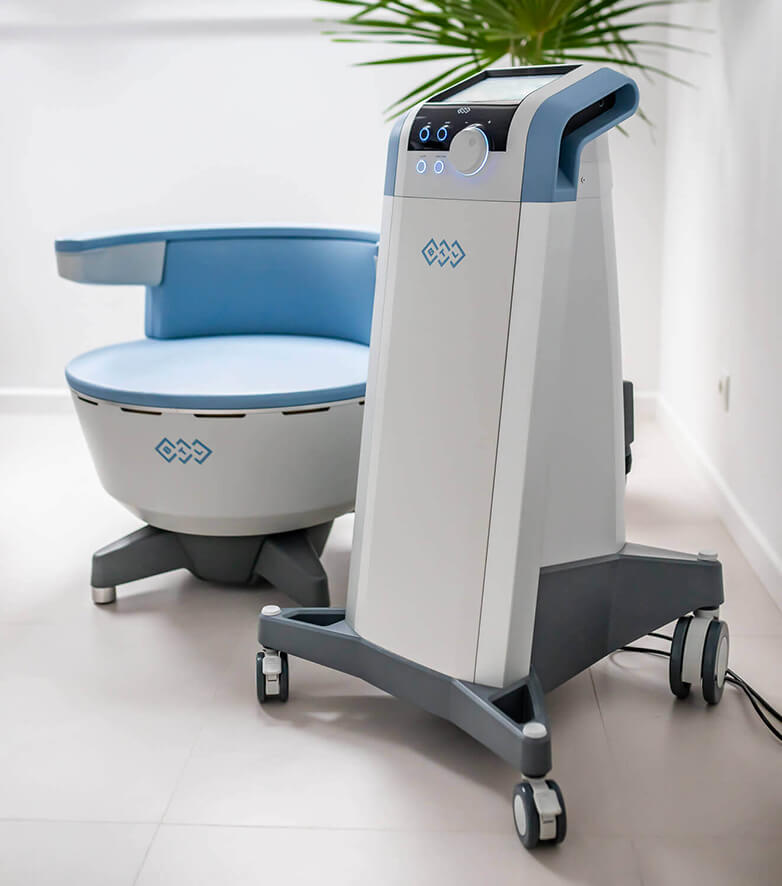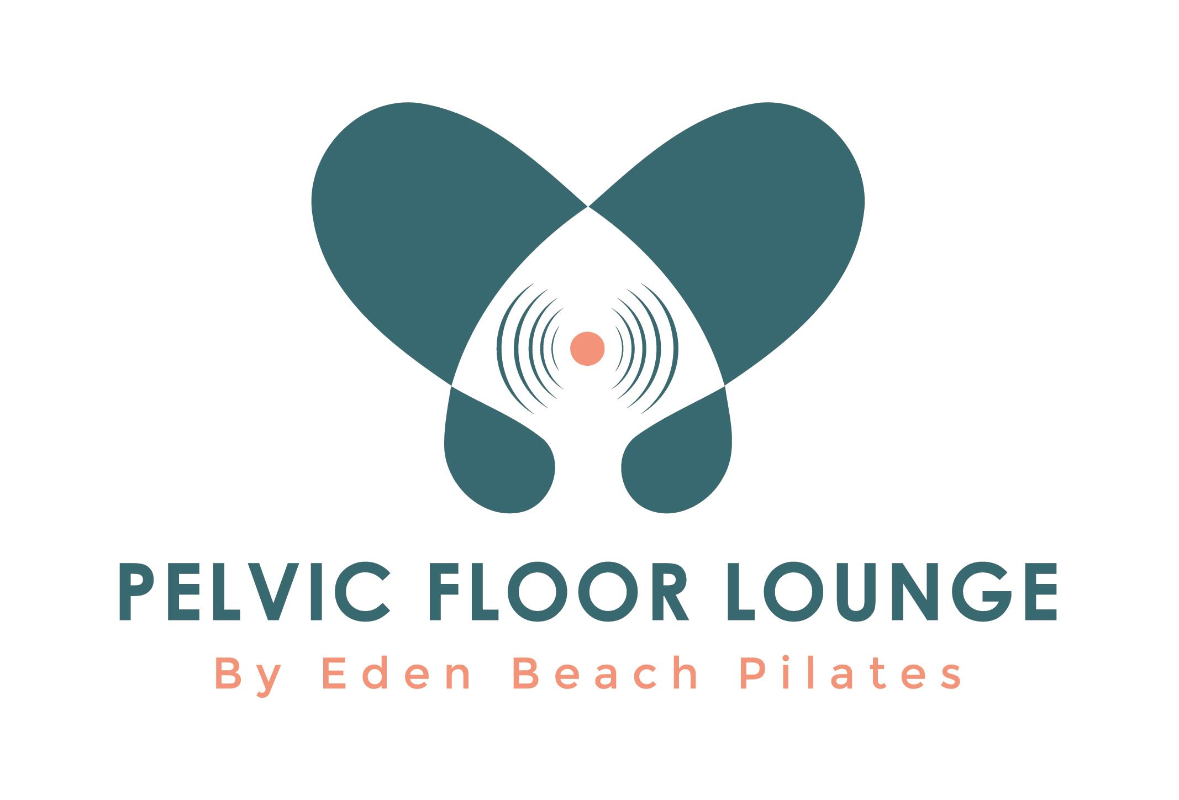Pelvic organ prolapse (POP) is a common yet often overlooked condition affecting many adults, especially women over 40. It occurs when the muscles and connective tissues that support the pelvic organs weaken, causing one or more organs—such as the bladder, uterus, or rectum—to drop or press into the vaginal wall. While prolapse can be uncomfortable and even distressing, the good news is that prevention and early intervention can significantly reduce symptoms and improve quality of life.
In this blog, we’ll break down:
✅ What causes prolapse
✅ The most common symptoms
✅ Who is at risk
✅ Prevention strategies and treatment options
If you or someone you know is experiencing signs of prolapse, understanding the condition is the first step toward taking control of your pelvic health. 
What Causes Pelvic Organ Prolapse?
The pelvic floor muscles and connective tissues act as a supportive hammock, holding up the bladder, uterus, and rectum. When these muscles weaken or the connective tissues stretch, the organs lose their support and may shift out of place.
Key Causes & Contributing Factors:
🔹 Pregnancy & Childbirth – Vaginal deliveries put significant strain on the pelvic floor, especially with prolonged labor, large babies, or forceps-assisted births.
🔹 Menopause & Aging – Lower estrogen levels cause tissue thinning and loss of elasticity, making the pelvic organs more susceptible to shifting.
🔹 Chronic Pressure on the Pelvic Floor – Repeated heavy lifting, long-term constipation, chronic coughing, or excess weight increases downward pressure on the organs.
🔹 Genetics & Connective Tissue Disorders – Some people naturally have weaker connective tissues, making them more prone to prolapse.
🔹 Prior Pelvic Surgery – Hysterectomy or other pelvic surgeries can alter the structural support of the pelvic organs.
Common Symptoms of Prolapse
Pelvic organ prolapse can range from mild discomfort to more noticeable symptoms that interfere with daily life.
🔸 A feeling of heaviness or pressure in the pelvis
🔸 A bulging sensation or “something falling out” feeling
🔸 Urinary symptoms (leakage, frequent urination, incomplete bladder emptying)
🔸 Constipation or difficulty with bowel movements
🔸 Lower back pain or discomfort in the pelvic region
🔸 Pain or discomfort during intercourse
🔸 Visible bulge in the vaginal opening (in more advanced stages)
Symptoms often worsen after standing for long periods, lifting heavy objects, or at the end of the day when the pelvic floor muscles are fatigued.
Who Is Most at Risk?
While pelvic organ prolapse can affect anyone, certain factors make it more likely:
Higher Risk Groups:
✅ Women over 40, especially postmenopausal women
✅ Anyone with a history of multiple vaginal births
✅ Those with chronic constipation or straining during bowel movements
✅ Women who have had a hysterectomy or pelvic surgery
✅ People who lift heavy objects regularly
✅ Individuals with genetically weaker connective tissue
If you fall into any of these categories, being proactive about your pelvic health can prevent or minimize symptoms.
How to Prevent and Manage Prolapse
While prolapse isn’t always reversible, early intervention can stop symptoms from worsening and even prevent the condition altogether.
1. Strengthen Your Pelvic Floor with Pilates
Targeted Pelvic Floor Pilates exercises help lift and support the pelvic organs, reducing the risk of prolapse progression.
✅ Exercises to Strengthen & Support the Pelvic Floor:
🔹 Kegels (when done correctly – not overused)
🔹 Pelvic Tilts – Engages core and pelvic floor muscles
🔹 Bridge Lifts – Helps build glute and pelvic floor strength
🔹 Diaphragmatic Breathing – Encourages proper coordination between the core and pelvic floor
🔹 Squats with Proper Form – Builds pelvic support
💡 Important Note: If your pelvic floor is too tight, strengthening may not be the best approach—downtraining techniques (relaxation exercises) may be necessary first.
2. Improve Bowel Health & Avoid Straining
Constipation and excessive straining put direct pressure on the pelvic floor, increasing prolapse risk.
✅ Tips for Healthy Bowel Movements:
- Eat fiber-rich foods (whole grains, vegetables, fruit, legumes)
- Stay hydrated (aim for 8+ glasses of water per day)
- Use a squatty potty or footstool to improve bowel positioning
- Avoid holding your breath or straining when using the bathroom
3. Maintain a Healthy Weight
Excess weight adds pressure to the pelvic floor and can worsen symptoms. Losing even 5-10% of body weight can reduce pressure on pelvic organs.
✅ Low-impact exercises like Pilates, walking, and swimming are great for managing weight without straining the pelvic floor.
4. Be Mindful of Heavy Lifting
Lifting heavy objects incorrectly exerts downward pressure on the pelvic floor, making prolapse worse.
✅ When lifting:
- Exhale as you lift to avoid excess pressure
- Engage your core and pelvic floor muscles
- Use your legs rather than straining your lower back
5. Explore Advanced Treatments Like the Emsella Chair

At PELVIC FLOOR LOUNGE By Eden Beach Pilates, we combine traditional exercise methods with innovative technology like the Emsella chair, a non-invasive treatment designed to strengthen and restore the pelvic floor.
✅ How the Emsella Chair Helps Prolapse:
- Stimulates thousands of pelvic floor contractions in just one session
- Improves bladder control and core support
- Strengthens muscles that hold the pelvic organs in place
- Non-invasive, no downtime, and fully clothed treatment
This cutting-edge technology can be a game-changer, especially when combined with Pilates-based strengthening and lifestyle adjustments.
Take Control of Your Pelvic Health—And Start With the Right Tools
Pelvic organ prolapse is more common than many realise—but the good news is, it’s manageable and often preventable with the right knowledge and daily habits. Whether you're aiming to prevent prolapse, manage early symptoms, or support recovery, small, consistent changes can make a powerful difference.
At PELVIC FLOOR LOUNGE By Eden Beach Pilates, we’re here to guide you every step of the way with:
✅ Personalised Pelvic Floor Pilates programs
✅ Down-training and relaxation techniques to release muscle tension
✅ The Emsella Chair, a revolutionary non-invasive option for strengthening
But that’s not all...
📘 Want a deeper understanding of prolapse and how to protect your pelvic floor?
Download our FREE eGuide: “Prolapse Prevention and Recovery: A Comprehensive Guide to Strengthening Your Pelvic Floor”
Inside, you’ll find:
🔹 Easy-to-follow exercises for daily support
🔹 Lifestyle tips and self-care strategies
🔹 Insight into causes, symptoms, and treatment options
🔹 A holistic approach to prevention and recovery
✨ Don’t wait for symptoms to progress—empower yourself with knowledge and practical tools today.


